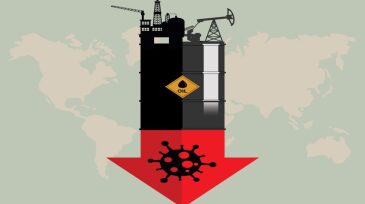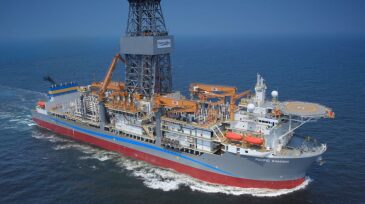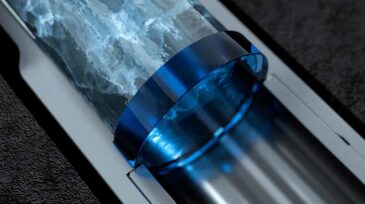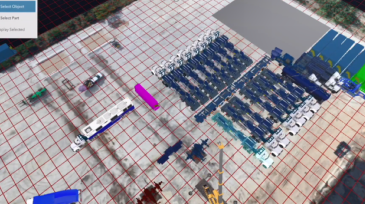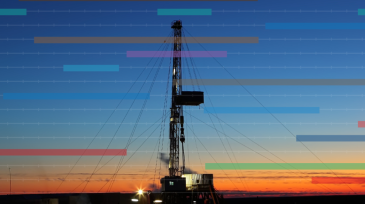Drilling
This study identifies critical knowledge gaps in wellbore integrity and underscores areas that require further investigation, providing insights into how wellbores must evolve to meet the technical demands of the energy transition.
This study illustrates the new capabilities, tailored for CO₂ storage applications, of a modeling framework that provides a quantitative, risk-based assessment of the long-term integrity of legacy plugged and abandoned wells.
Two critical facets of the discipline of well control and wellbore integrity—decarbonization and groundbreaking automation of essential processes—are highlighted in the three primary paper selections presented at SPE and SPE-affiliated conferences during the past year.
-
The chapter 11 filing comes as record-low crude prices and excess supply have impacted operations across the industry. About 2,500 jobs could be at stake.
-
The Monument well represents the Norwegian operator’s first deepwater drilling project in US waters in 5 years.
-
Measuring the flow of water, mud, and cuttings from a well is critical, and difficult. A new flowmeter design that promises to be both accurate and durable is one of three technologies featured in a JPT series on drilling measurement innovation.
-
The best way to know how drilling affects drill bits is to visualize the bits. A device that creates high-resolution images for precise measurements is one of three technologies being featured in a JPT series on drilling measurement innovations.
-
SponsoredThis article highlights a technology that helped one operator add $120,000 to its incremental gas recovery.
-
A group of people who really care how drillers code the memos added to the daily drilling report is the data scientists—who find that the coded tags do not match the activity. A program that helps drillers code is one of three technologies featured in a JPT series on drilling measurement innovation.
-
Immersive technology on projects such as wellsite planning incorporates XR, drones, and collaboration.
-
SponsoredA US operator is using Actenum’s DSO/Upstream scheduling software to improve drilling program efficiency, adding $510,000 to annual earnings.
-
ExxonMobil’s rig automation experiment is accelerating, with plans to push the number of rigs in the system from three to nine. Drilling efficiency was improved by use of an automated pipe-handling system, which reduced the median time required for connection at one location by 20%.
-
Engineering career tip of the day: If you are using Microsoft Excel at work, don’t leave it open on your computer when your boss is nearby.




